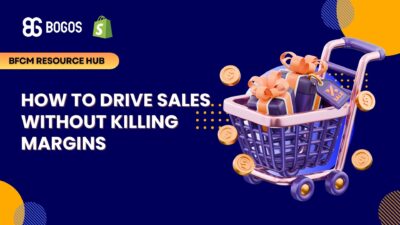
BFCM Guide: How to Drive Sales Without Killing Margins
Summary Black Friday Cyber Monday is the Super Bowl of eCommerce, the biggest revenue opportunity of the year. For...
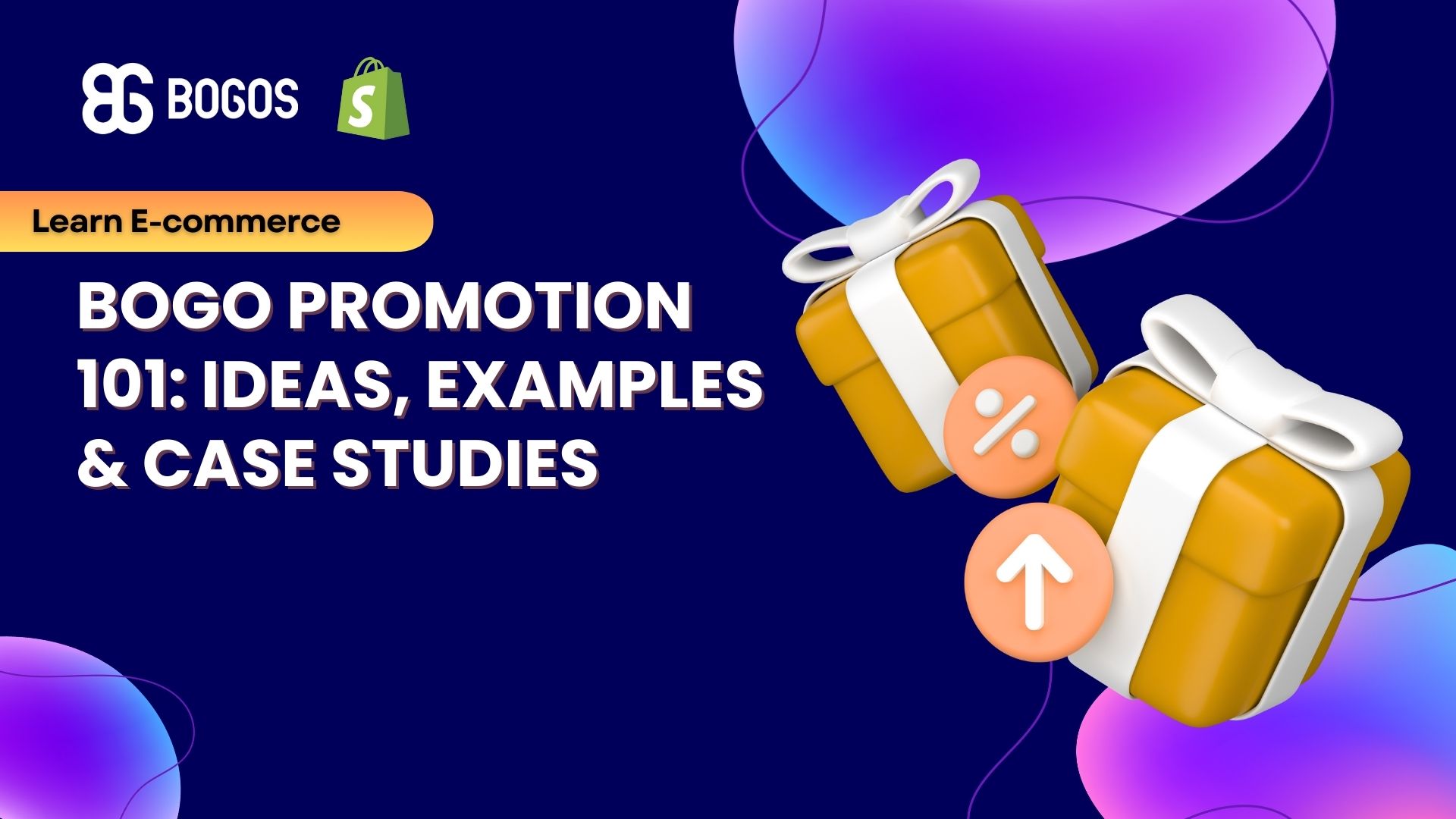
Marketing Manager
Hi, It’s Charlie from BOGO team, a robust Shopify app used to run the most successful promotions on Shopify. After working with thousands of Shopify stores, I’ve noticed a pattern: regular discounts don’t always yield the desired results.
You can offer 10%, 20%, even 30% off — and still see low engagement. The problem? These offers don’t always feel valuable.
But when a customer sees “Buy One, Get One Free”? That’s different. It feels like a win. They’re getting more, not just paying less.
That’s why so many high-performing merchants I work with use BOGO promotions to drive sales, move inventory, and reward loyalty. And with the right tools, setting them up on Shopify is easier than you might think.
In this guide, I’ll walk you through what we’ve learned from helping 50,000+ merchants run smarter, more profitable BOGO campaigns. I swear what you’re about to find in this blog will not let you down.
BOGO stands for “Buy One, Get One.” You’ve likely seen it before, maybe as “Buy one, get one free,” or “Buy one, get one 50% off.” It’s simple, catchy, and incredibly effective. In fact, among all the sales tactics used by Shopify brands, BOGO remains one of the most powerful.
But what does a BOGO offer actually look like behind the scenes? And how does it fit into a broader promotional strategy? Let’s see.
At its core, BOGO is a value-driven offer. The customer buys one thing and gets something extra, either for free, at a discount, or under a special condition.
That “extra” item can be:
Based on our experience at BOGOS, after working with tens of thousands of merchants, these promotions tend to perform best when the offer is clear, immediate, and seamlessly applied at checkout. That’s why our app focuses on auto-adding the free item to the cart, without requiring coupon codes or complicated rules.
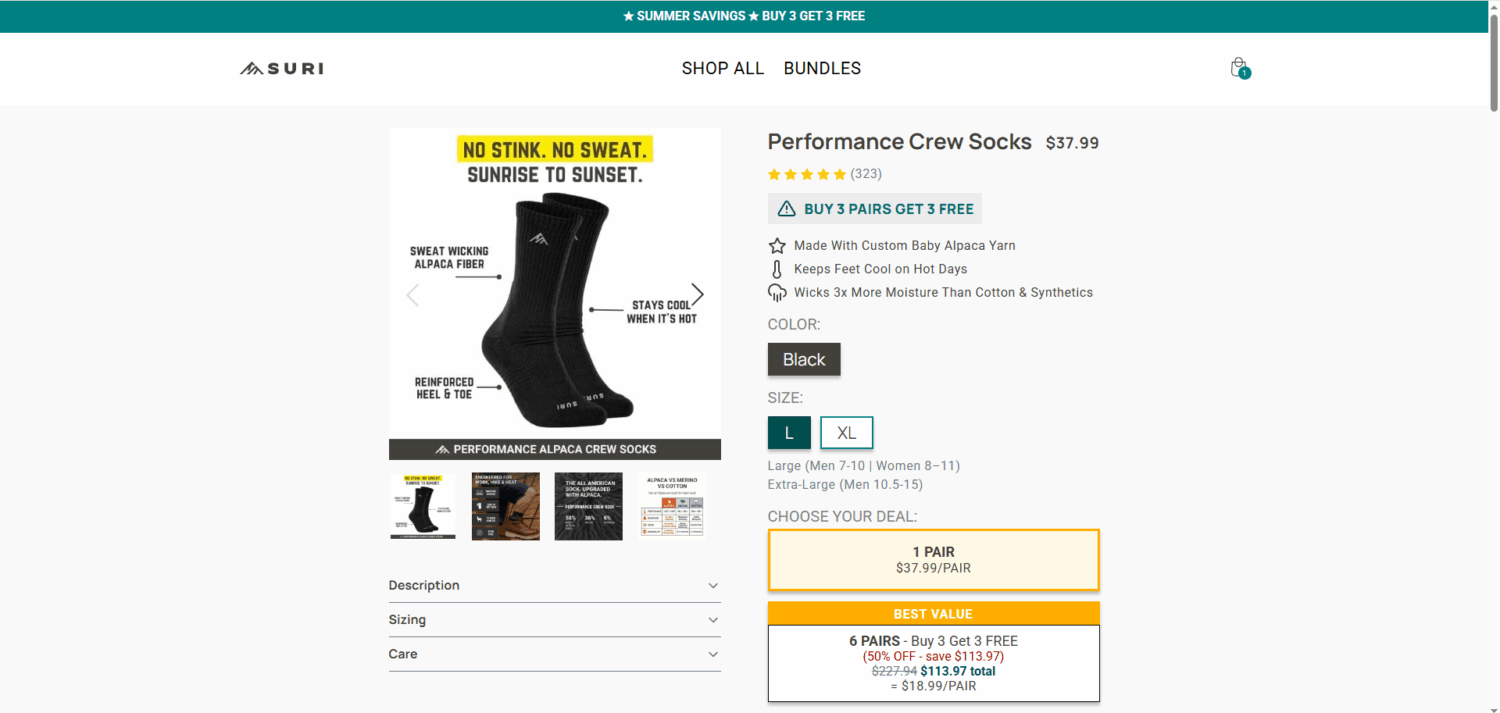
Not all BOGO offers are the same. Here are some of the most common variations:
Each version can be tailored based on what you want the promotion to achieve, whether that’s clearing shelf space, increasing exposure to new SKUs, or rewarding top customers.
This is where things often get mixed up. BOGO and BXGY might sound similar, and they do overlap, but they serve slightly different purposes.
BOGO is typically used when the bonus item is the same (or similar) to what’s being purchased. You can think about t-shirts, lip balms, or coffee mugs — low-friction items that make sense in pairs.
BXGY, or Buy X, Get Y, is more flexible. It allows you to mix and match different product types. For example:
So, how do you choose?
Now that we’ve covered “What is a BOGO sale?” and how it works, let’s talk about why it works so well.
You’ve met BOGO promotions everywhere, from your neighborhood café to global brands. But what makes this type of offer more powerful than a regular 10% or 20% discount?
The answer has less to do with pricing and more to do with psychology.
There’s something about the word free that flips a switch in our brains. Even when the actual savings are the same or smaller, people are more likely to respond to a deal that includes something free.
This reaction is known as the Zero Price Effect, a term coined by behavioral researchers who found that people act differently when a product is priced at zero. In one well-known experiment, participants were given two options:
Most chose the free Kiss, even though the truffle was objectively a better deal in terms of quality per cent. Why? Because when something is free, there’s no perceived risk. You don’t weigh pros and cons. You just grab it.
Now layer in another concept: Loss Aversion. People dislike losing more than they enjoy gaining. With BOGO, customers don’t feel like they’re spending more. They feel like they’re getting more. There’s no downside. Only upside.
Put those effects together, and you get a promotion that feels irresistible, even when the numbers aren’t objectively better than a regular discount.
Here’s the truth: customers rarely break out a calculator when they shop. Instead, they make decisions based on what feels like a good deal.
A 2019 study using eye-tracking found that shoppers spent more time looking at BOGO offers than percentage-based discounts. And they were more likely to choose them, especially when the second item had a high perceived value.
So even if you could technically offer a bigger discount (say, 25% off), BOGO often drives better results:
And unlike heavy markdowns, BOGO doesn’t drag down your perceived brand value. It creates excitement without signaling that you’re desperate to sell.
Everyone knows BOGO promotions help clear inventory and give customers a little something extra. However, after helping thousands of Shopify brands run BOGO campaigns, I’ve discovered some less-talked-about advantages that are actually more powerful than people realize.
Here’s what I mean:
Of course, the basics still hold true: BOGO moves inventory and delights customers. However, the real power of BOGO lies in how you tailor it to your business goals.
Setting up a BOGO promotion might sound simple on paper, but if you want it to actually work (as in: convert, delight, and drive real results), you need more than a checkbox. You need a plan.
Here’s a six-step process I use when helping Shopify merchants build high-performing BOGO campaigns.
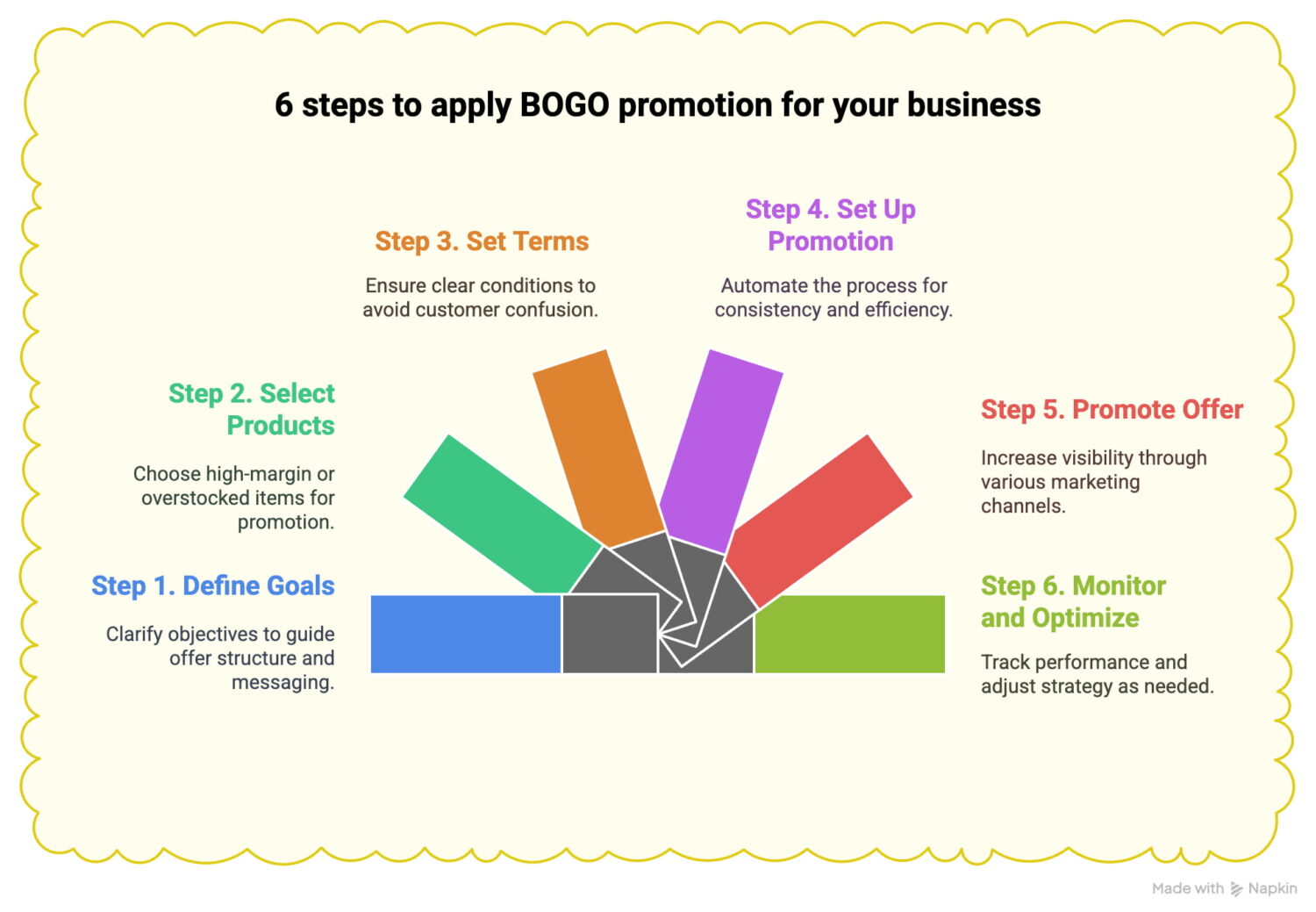
Before setting up your BOGO, take a moment to ask: What role should this promotion play in your business right now?
Not every BOGO promotion is designed to serve the same purpose. Some are meant to move aging inventory. Others are crafted to drive customer acquisition. And in some cases, it’s about encouraging customers to try something new, like a product you’ve just launched.
Here are a few questions I usually ask merchants during strategy planning:
Once you’re clear on the “why”, the “how” becomes easier to define.
The structure of your offer should support your goal, not just sound good on paper.
For example:
This is where a solid buy one get one free promotion strategy really starts: with clear intent. From there, the details, like product selection, targeting, and messaging, fall into place more naturally.
Not every item in your catalog should be part of a BOGO. The right product mix is what makes or breaks the promotion.
Start with:
A common reason buy one get one free promotions fall flat is confusion. If shoppers can’t tell what they’re getting, or why they qualify, they’ll say goodbye.
Make your rules easy to understand:
If you’re using an app like BOGOS, setting clear terms is straightforward. You can specify exactly how many items a customer needs to buy, whether the gift should match by product or variant, and how many gifts they’re allowed to receive.
The app also allows you to add conditions, such as customer tags, location, or order history, so you can control who qualifies and under what circumstances. All without complicating the shopper experience.

Once your offer structure is ready, it’s time to build it into your store.
Most merchants use a promotion app (like BOGOS) to automate the entire flow:
This automation doesn’t just save time; it ensures consistency across every customer touchpoint, so the promotion always works as intended.
💡 You might also want to read: How to Do Shopify Buy One Get One Free (BOGO)? A detailed guide
Even the best promotions fall flat without visibility.
Once your buy one get one free promotion is live, your next job is to make sure people actually see it.
Consider promoting the offer in:
Once your campaign is running, your job isn’t done. You want to know: Is this working?
Track key metrics like:
From there, refine:
Not every BOGO promotion needs to be complicated. But the best ones share two things in common: a clear strategy and measurable results. Here are five real-world examples that show what strong execution looks like.
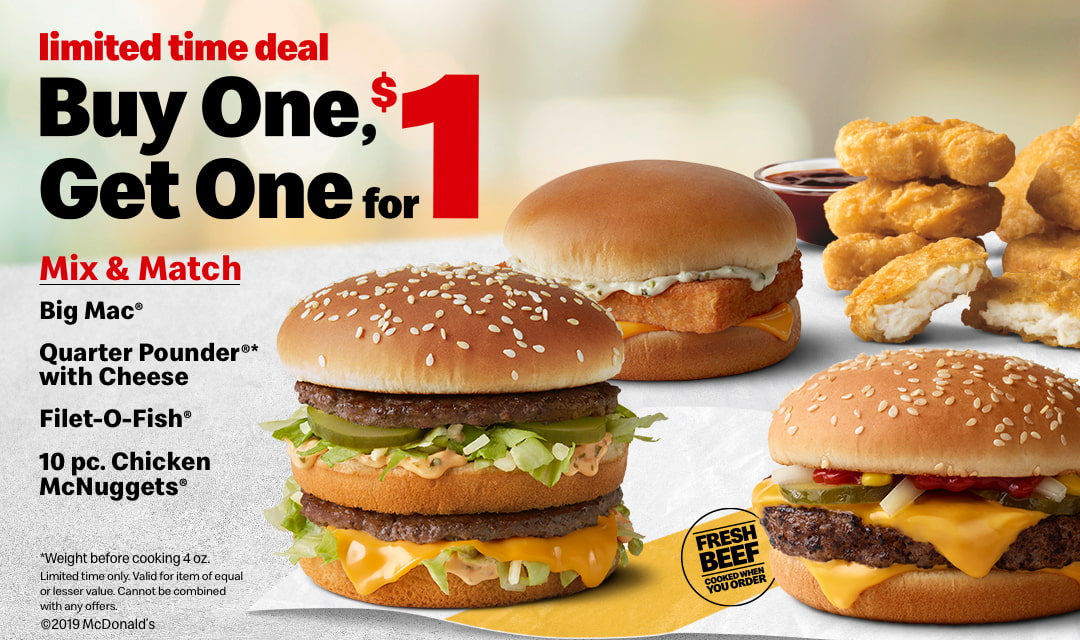
Launched nationally in 2019, McDonald’s offered bestsellers like Big Macs and McNuggets in a buy one, get one for $1 format. The campaign ran alongside their Dollar Menu as part of a broader push to attract value-driven customers and combat declining in-store visits.
Results:
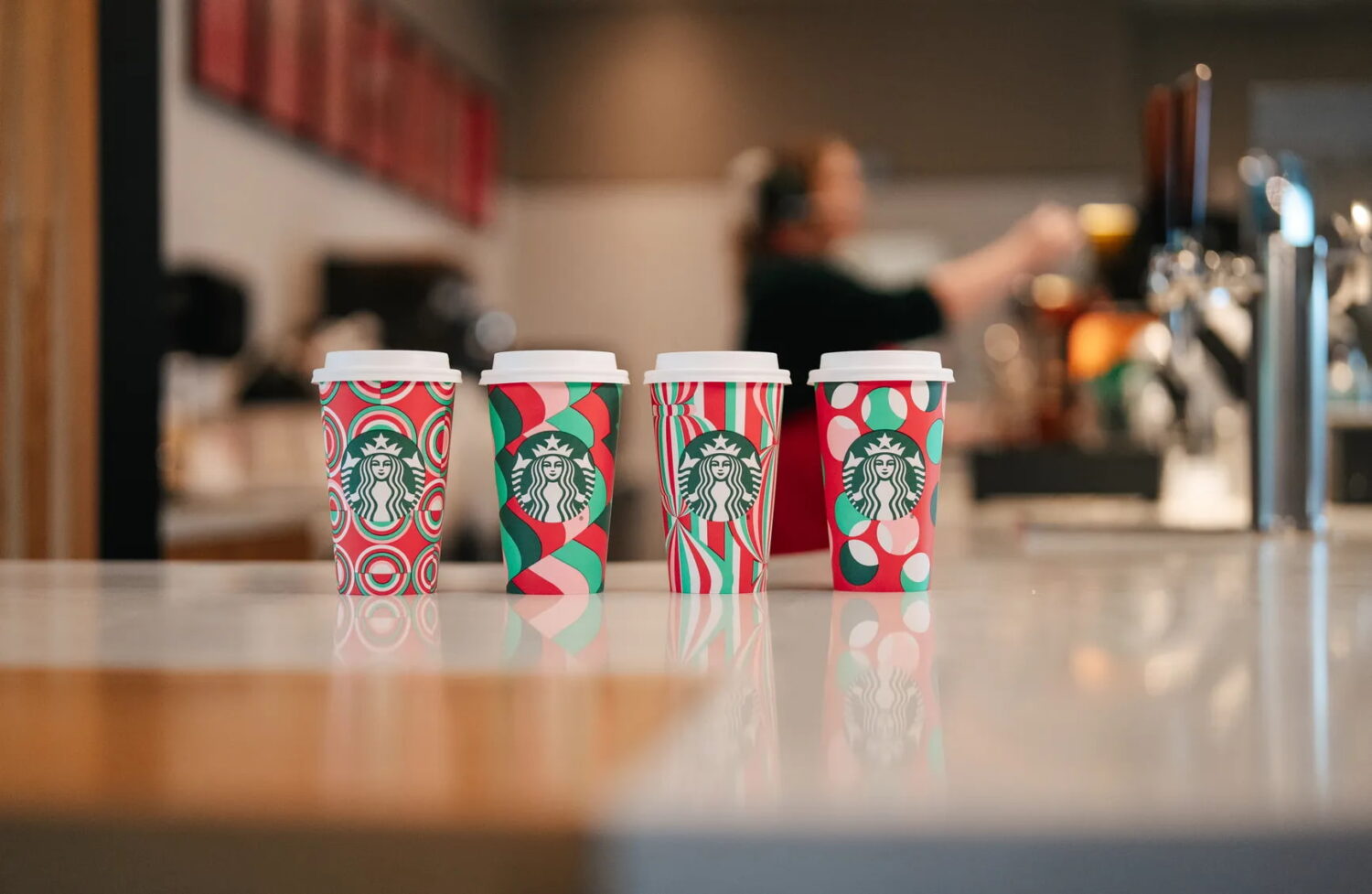
Each November, Starbucks kicks off its holiday season with Red Cup Day: buy a holiday drink, get a collectible red cup free. The campaign builds excitement into tradition, turning the freebie into a ritual rather than just a giveaway.
Results:
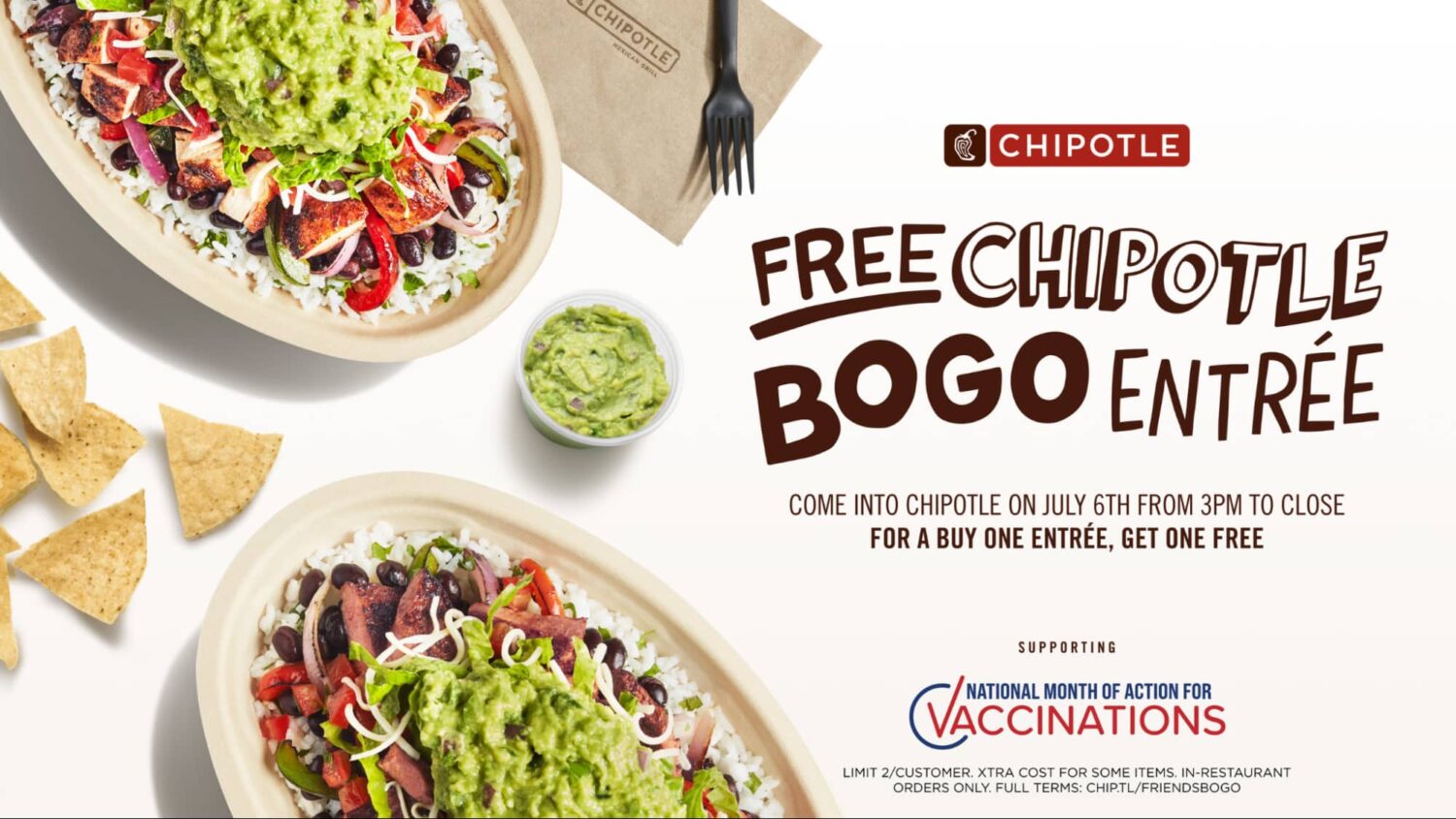
In 2021, Chipotle launched a one-day BOGOF campaign to drive midweek traffic and support a national vaccination push. Customers simply said “friends BOGO” after 3 p.m. to redeem. The offer was designed to flood stores at off-peak hours.
Results:
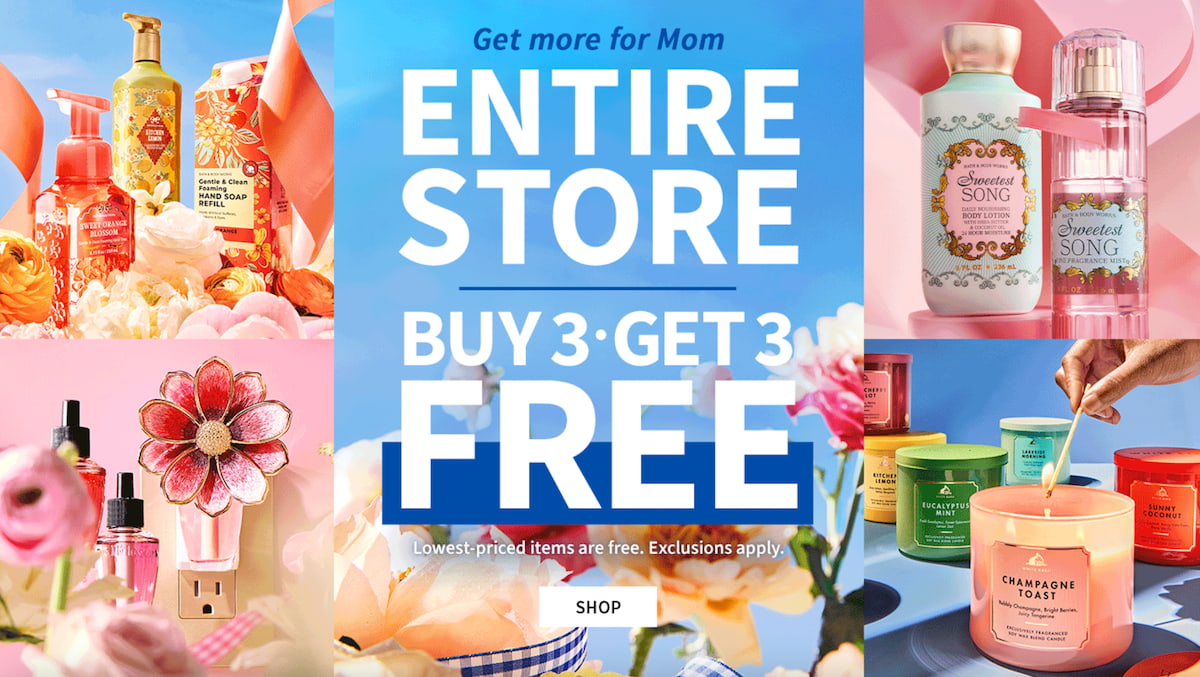
During Black Friday 2024, Bath & Body Works ran its annual “Buy 3, Get 3 Free” promotion across its full catalog. The offer encouraged shopping in multiples, drove gifting, and helped maximize per-cart revenue during peak season.
Results:
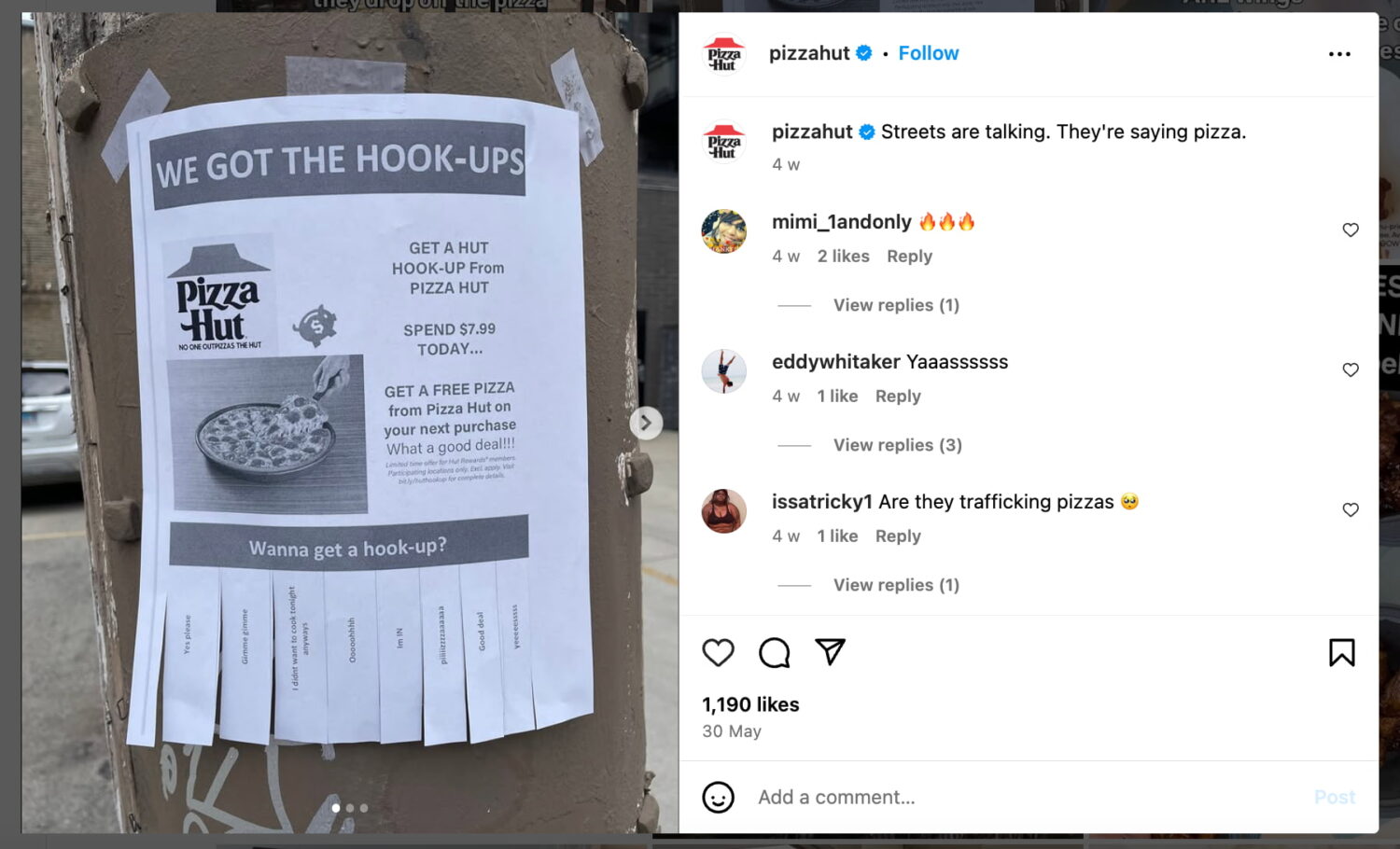
With the “Hut Hook-Up” campaign, Pizza Hut offered customers a coupon for a free large pizza, redeemable on their next order. This created a delayed reward structure designed to boost app engagement and encourage repeat purchases, rather than just one-off spikes.
Results:
I’ve seen plenty of BOGO deals flop, not because the offer was bad, but because the execution was sloppy. If you want BOGO to work for your store, it’s not just about what you offer. It’s about how you present it.
Here are five things I always tell merchants to get right.
When you’re setting up BOGO promotions, the first step is to make sure your offer is super clear. Customers shouldn’t have to guess what they’re getting. A confusing deal can turn people away fast. So, use straightforward words that everyone gets, and make the free item stand out. This builds trust and gets shoppers excited to buy. Here’s how to do it:
Now that we’ve got clarity covered, let’s move on to protecting your money while still making the deal tempting.
A great buy one get one free promotion strategy doesn’t mean giving away everything for free. You’ve got to protect your profits and make customers act quickly. Setting limits is the way to go. It stops people from taking advantage of the deal and creates a “hurry up” feeling. Try these ideas to keep things under control:
This helps prevent abuse and creates urgency. With limits in place, the next thing to think about is picking the perfect freebie to offer.
Not just any item should be the “free” part of your buy one get one free promotions. Picking the right product can make or break your deal. You want something that costs you little but looks valuable to customers. This way, you save money while making shoppers happy. Plus, it’s a chance to clear old stock or introduce new stuff. Here’s what to keep in mind:
Once you’ve got the right free item, let’s consider where to apply this deal for the best results.
You might be tempted to put buy one get one free promotions on everything in your store, but that’s a risky move. If you’re not careful, you could lose money on your top-selling items. Instead, be smart and picky about where you use this deal. Focus on areas that need a sales boost. This keeps your profits safe while still drawing in customers. Check out these tips:
After deciding where to use your deal, the final step is making sure everyone knows about it.
As a CMO who’s worked closely with thousands of Shopify merchants, I hope this post, something I’ve poured real experience and thought into, gives you not just ideas, but clarity.
This post highlighted the benefits, various forms, and tips to avoid common mistakes of BOGO promotions. I’d also like to spotlight BOGOS — a leading Shopify app with a 4.9/5 from 2,000+ positive reviews, which helps 50,000+ merchants boost AOV with BOGO and tailored promotions.
If you want to craft BOGO deals that deliver, BOGOS.io is ready to help. Good luck!
A BOGO promotion, short for “Buy One, Get One,” is a marketing deal where you buy one item and get another item for free or at a discount. It’s a popular way for stores to boost sales and make customers feel they’re getting more value.
Common types include Buy One Get One Free (BOGOF), BOGO with a discount (like 50% off the second item), Multiplied BOGO (buy 2, get 2), BOGO with a minimum purchase, BOGO for specific customers (like loyalty members or VIP), and BOGO by product category.
The best time to run a BOGO promotion is during holidays, seasonal events, or back-to-school periods when people are already shopping. Setting a time limit creates urgency, pushing customers to act fast.
You can measure the success of a BOGO promotion by tracking sales growth, website traffic, average order value, and customer feedback during the campaign. Tools like Google Analytics and sales data help show if it met your goals, like clearing stock or gaining new buyers.


Summary Black Friday Cyber Monday is the Super Bowl of eCommerce, the biggest revenue opportunity of the year. For...
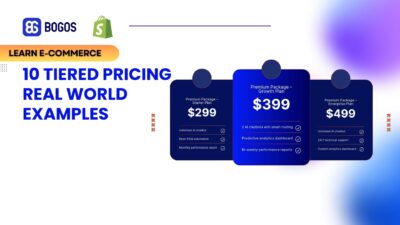
Summary Tiered pricing is a strategy in which a product or service is offered in multiple levels or packages,...
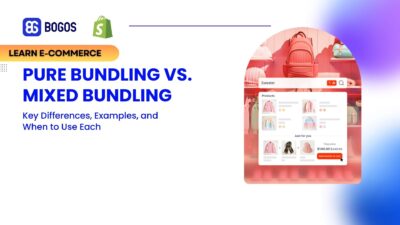
Summary Many merchants assume that more on-site features will automatically lead to bigger carts, yet strategy always outweighs tools....
